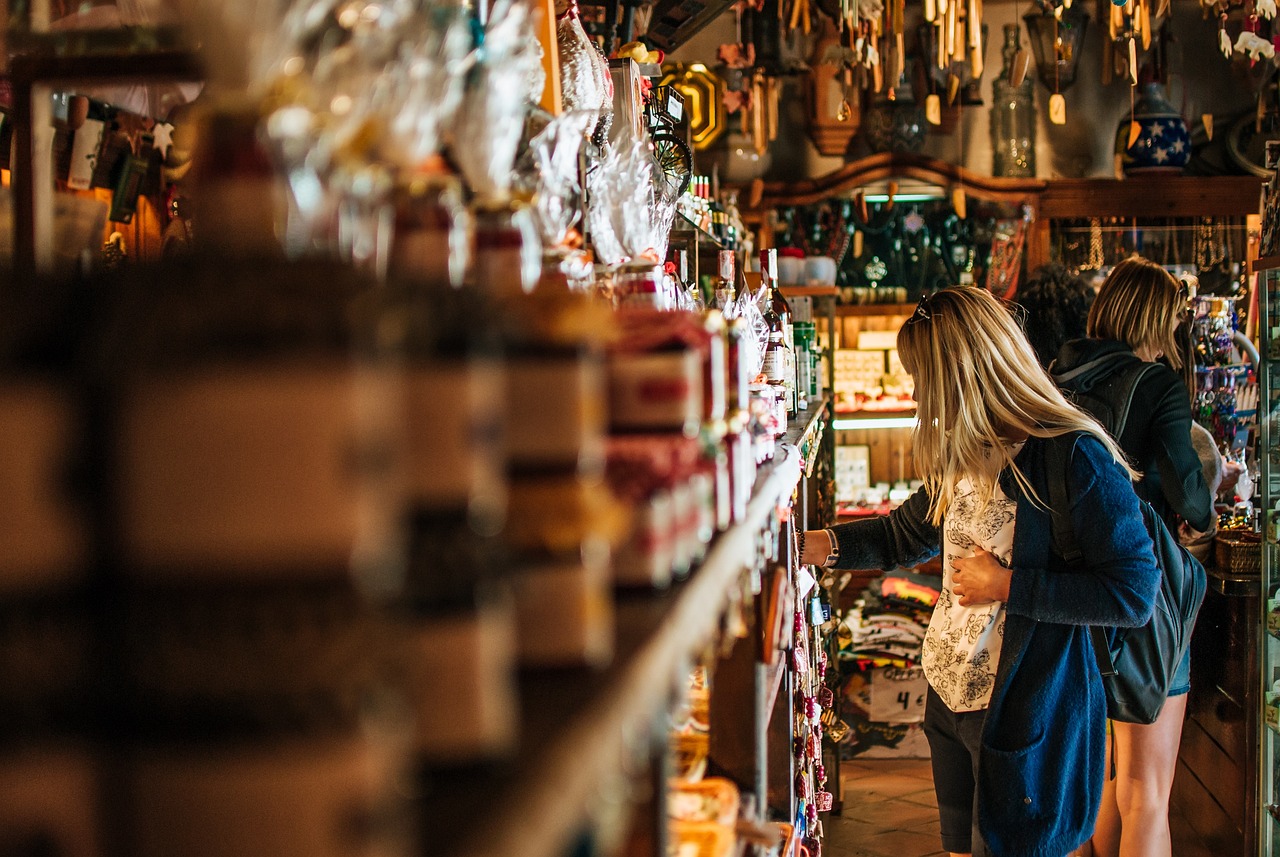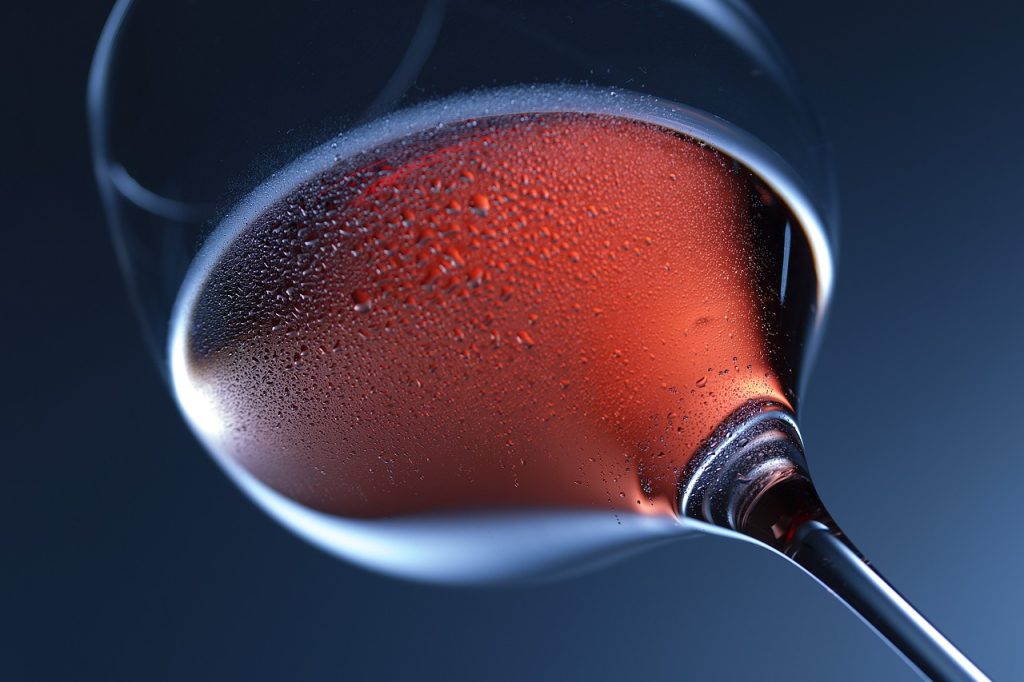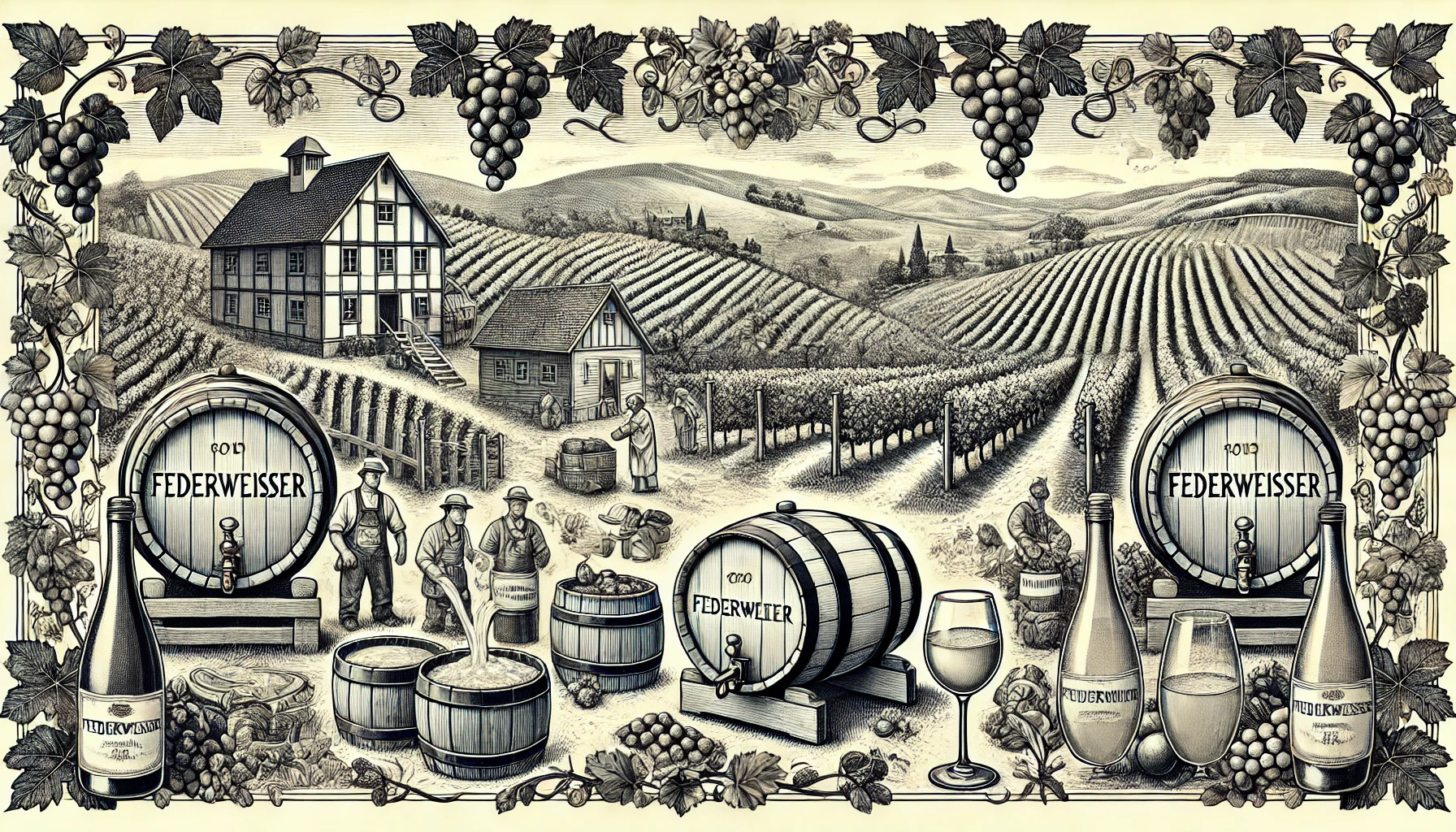
As a child, I remember going with my mum to the local shop. For me, it wasn’t just about the groceries—it was an adventure. On one day especially, when we entered the wine section. My curiosity was piqued by a group of bottles lying on their sides, surrounded by a few small puddles of liquid.
“Mum, why are those bottles leaking?” I asked, pointing to the dripping bottles.
Her answer introduced me to the world of Federweisser, a word that sounded almost magical. She explained that these bottles shouldn’t be laid flat like regular wines. The wine inside was still fermenting, still alive, and that made all the difference. I learned then that Federweisser bottles have a special cap, one that allows gases to escape as the fermentation process continues. It couldn’t be sealed like a normal bottle, and laying them down only made them leak.
This was my first brush with the fascinating world of wine, and I didn’t even know it yet. Federweisser, my mum explained, is young, barely finished wine that’s only available during certain seasons. She told me how it pairs perfectly with Zwiebelkuchen, a savory onion tart, and how Germans would enjoy this early wine in autumn.

Looking back, it wasn’t just the taste of wine that fascinated me. It was the idea of something still changing, still in motion, that made Federweisser seem special. Every bottle was unique in that moment, brimming with energy and transformation. And that little lesson from my mum about why these bottles had to stand upright has stuck with me ever since.
